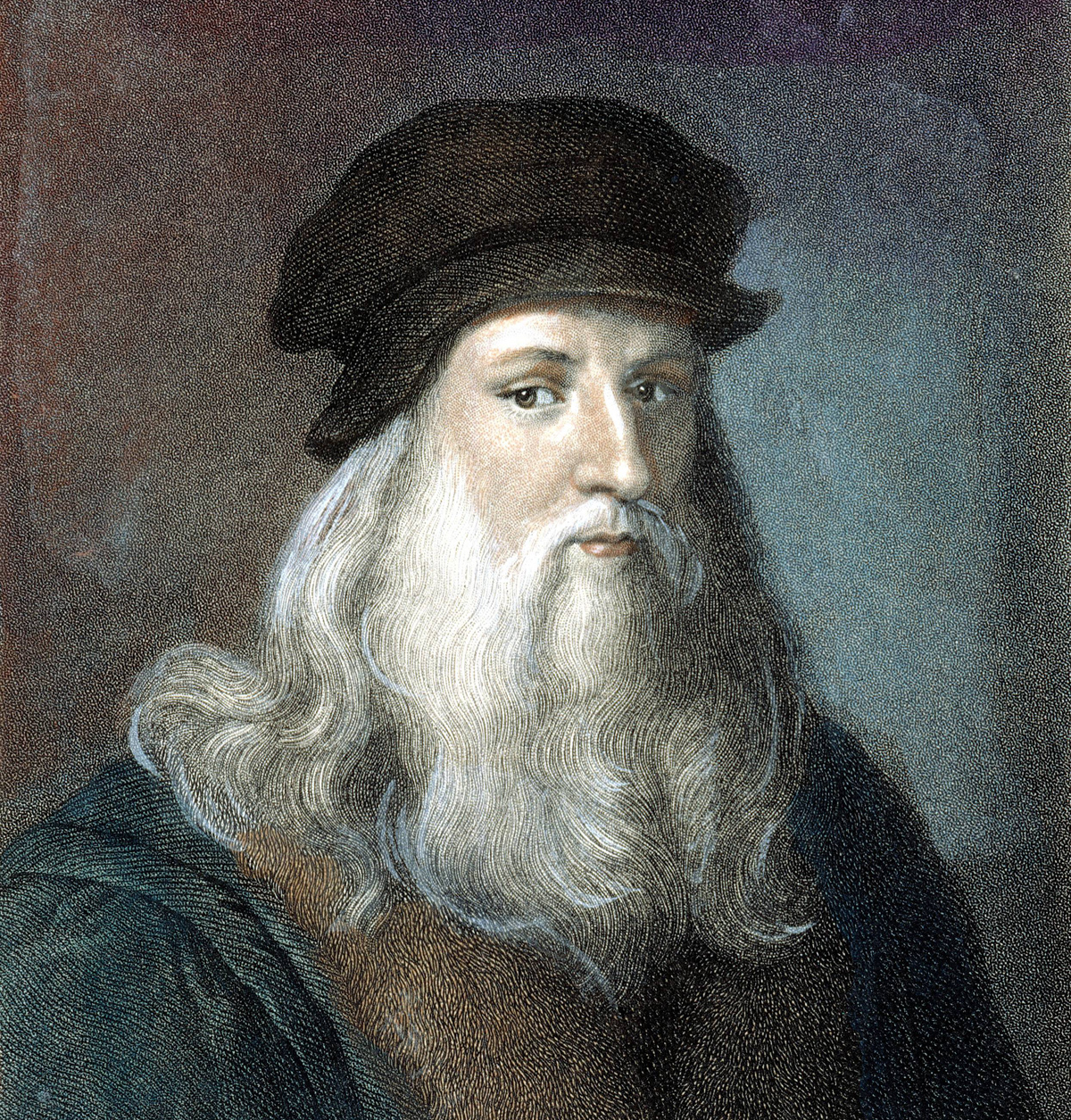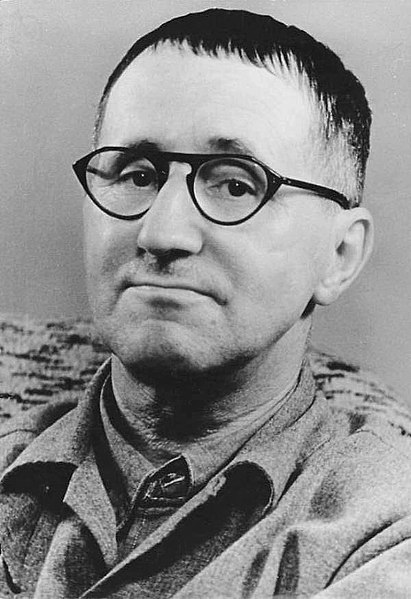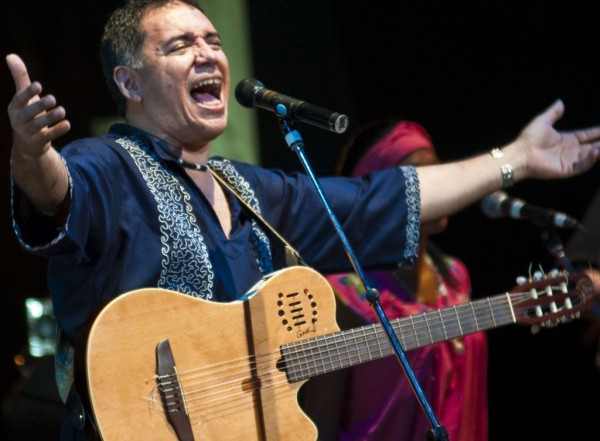Teófilo Trejo Pérez (March 5,
1941, La Lima - March 18, 2016, San Pedro Sula ), better known
simply as Teofilito ,
was a writer and Honduran
peasant leader, noted for his works on the oral tradition of Honduras.
His life has
revolved around the Honduran pation
has led him to be a collaborator of the word, monitor of the Radio Schools, president of the
board of trustees, auxiliary mayor and president of his base group. He is
an oral narrator and stories typical of popular culture, who decided to
capture hiesant movement, thus, his tireless spirit of coopers verbal ability with the written word.
The ingenious
writer used to write each anecdote in small notebooks, these were taken by the
prestigious Editorial Guaymuras who believed
that their stories deserved to be read by the rest of the people.
This is how Las "Perras" of Don Teófilo became more than just anecdotes shared in circle of colleagues, friends and family, they became an important part of Honduran his circle of colleagues, friends and family, they became an important part of
Honduran literature.
His mother passed away when he was nine years old,
so he was forced to drop out of school to help his father support his five
siblings, working on a banana farm. For many years he worked as a
peasant. He founded the National Central of Rural Workers (CNTC), of which
he was its first secretary. With the CNTC he fought for the rights of the
peasants, at a time when they were exploited, and because of this, Teofilito
was arrested more than once. In 1971 he worked as a monitor in the Suyapa
Radio Schools of the Catholic Church. In 1988, Editorial Guaymuras
published his first book, "Las perras de Teofilito", and in later
years published other works.
Definitely this character
was born with the gift for the short story, his tenacity and determination led
him to sell his books from house to house until he got the recognition he
deserved. He became an important peasant leader and at times a preacher in
the local Catholic Church.
Death
Teofilito lived in Choloma with his family. On March 18, 2016, he was hit by a hit and run motorcyclist. Teofilito was hospitalized in an emergency at the Mario Catarino Rivas Hospital, in San Pedro Sula, but died that same day from his injuries.
Plays
- The Bitches of Teofilito( Las perras de Teofilito) (1988)
- Tell me another,
Teofilito ( Cuentame otra, Teofilito)(1989)
- Notes on my life(Apuntes sobre mi vida) (1995)
- The bitches bitches of
Teofilito ( Las perras mas perras de Teofilito) (1997)
- What a dog is Teofilito! ( Que perrero es Teofilito) (2000)
- You continue perreando,
Teofilito ( Seguís perreando, Teofilito)(2004)
- They're all bitches,
Teofilito (Son puras perras, Teofilito)(2008)
- Theophyllite's Dream ( El sueño de Teofilito) (2010)
Source of information: Hondurastips
By: Emily Diaz-10A
Institute: Centro Cultural Sampedrano
Teacher: Ms. Aquino
Final Project of the 4th Partial of English

.jpg/220px-Miguel_%C3%81ngel%2C_por_Daniele_da_Volterra_(detalle).jpg)







